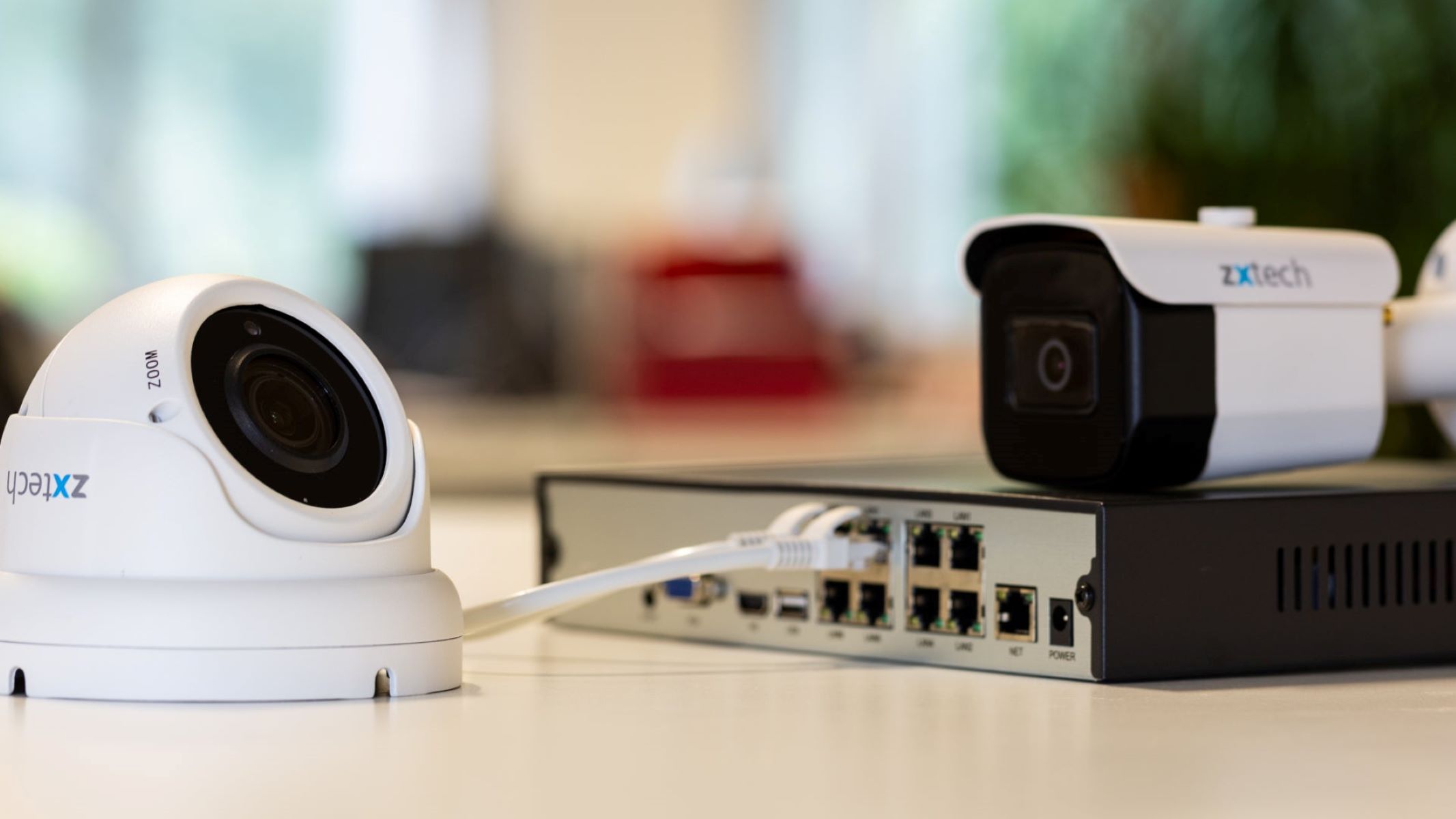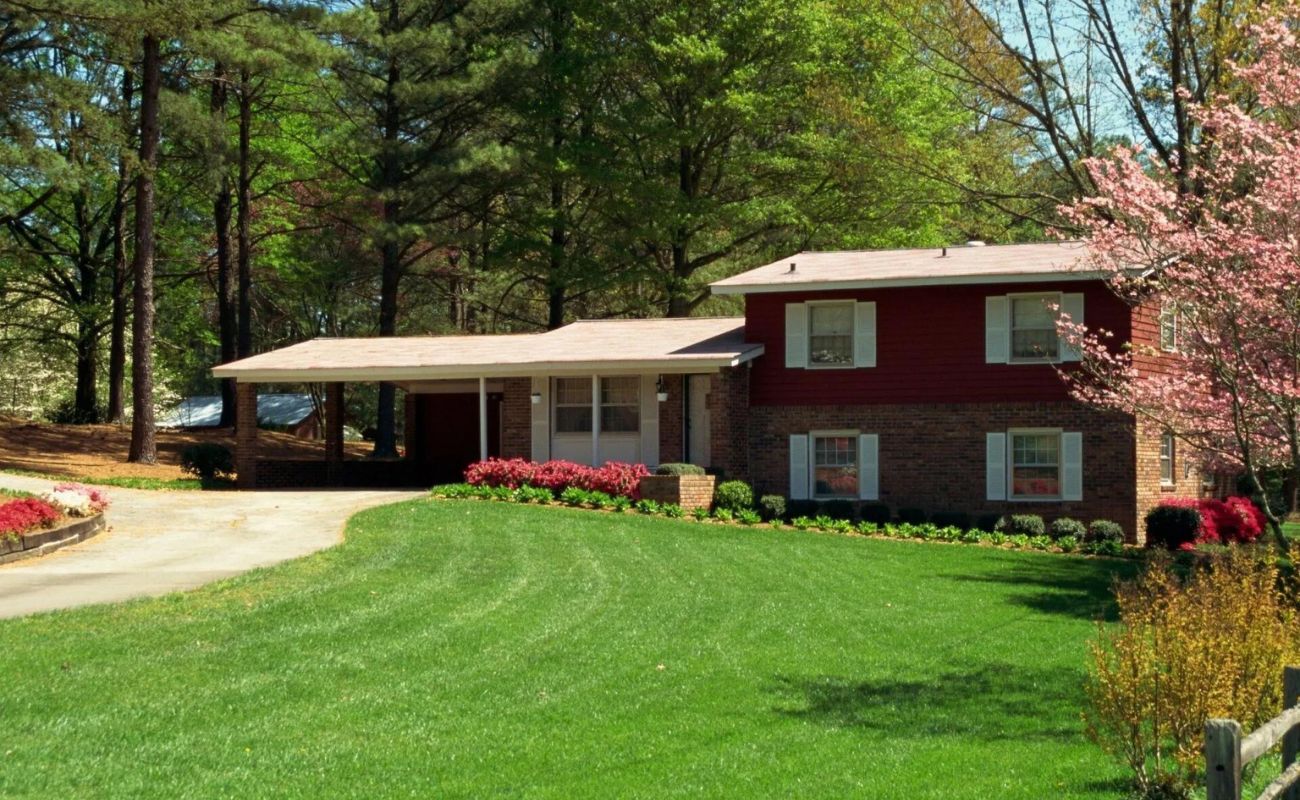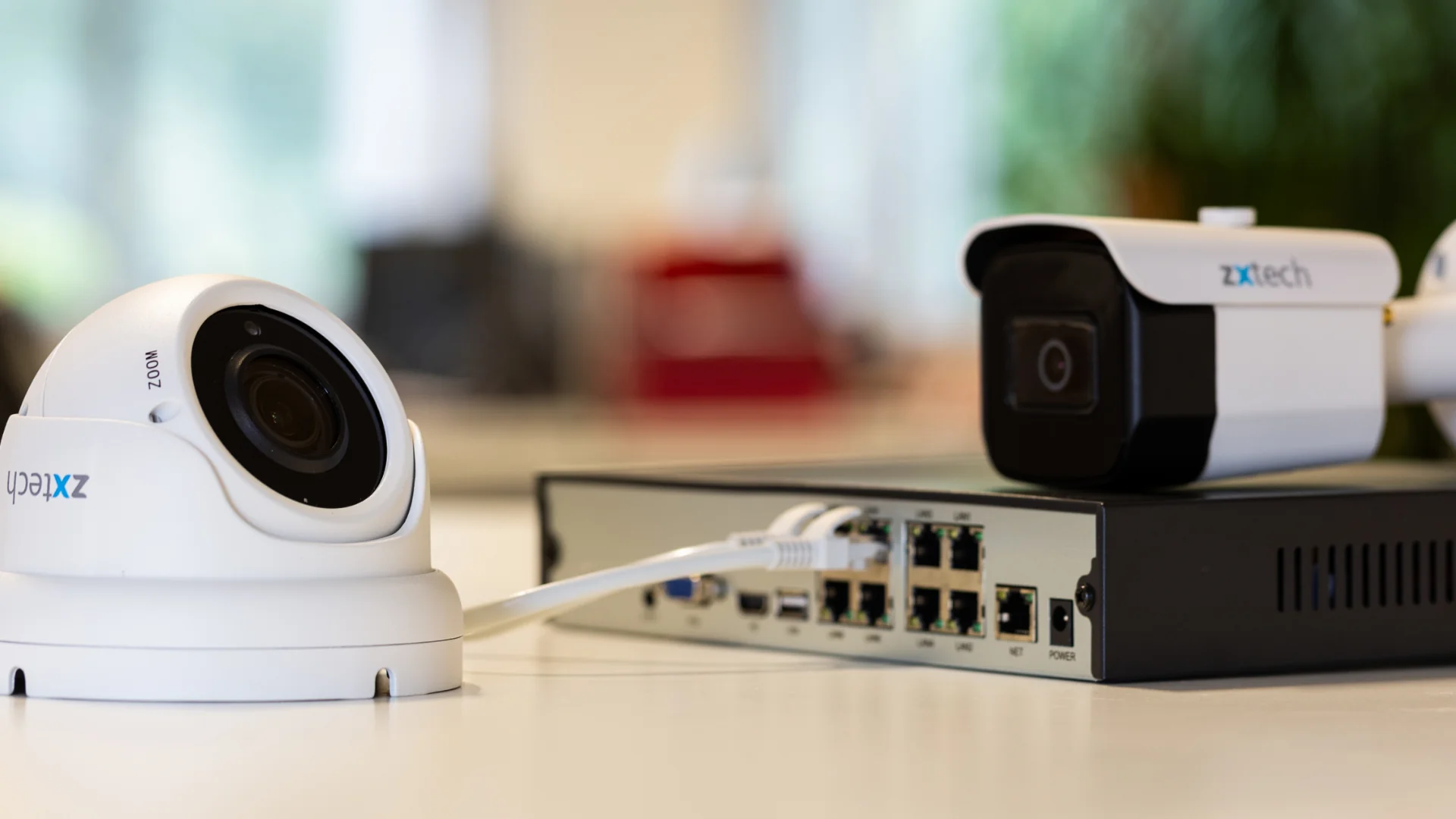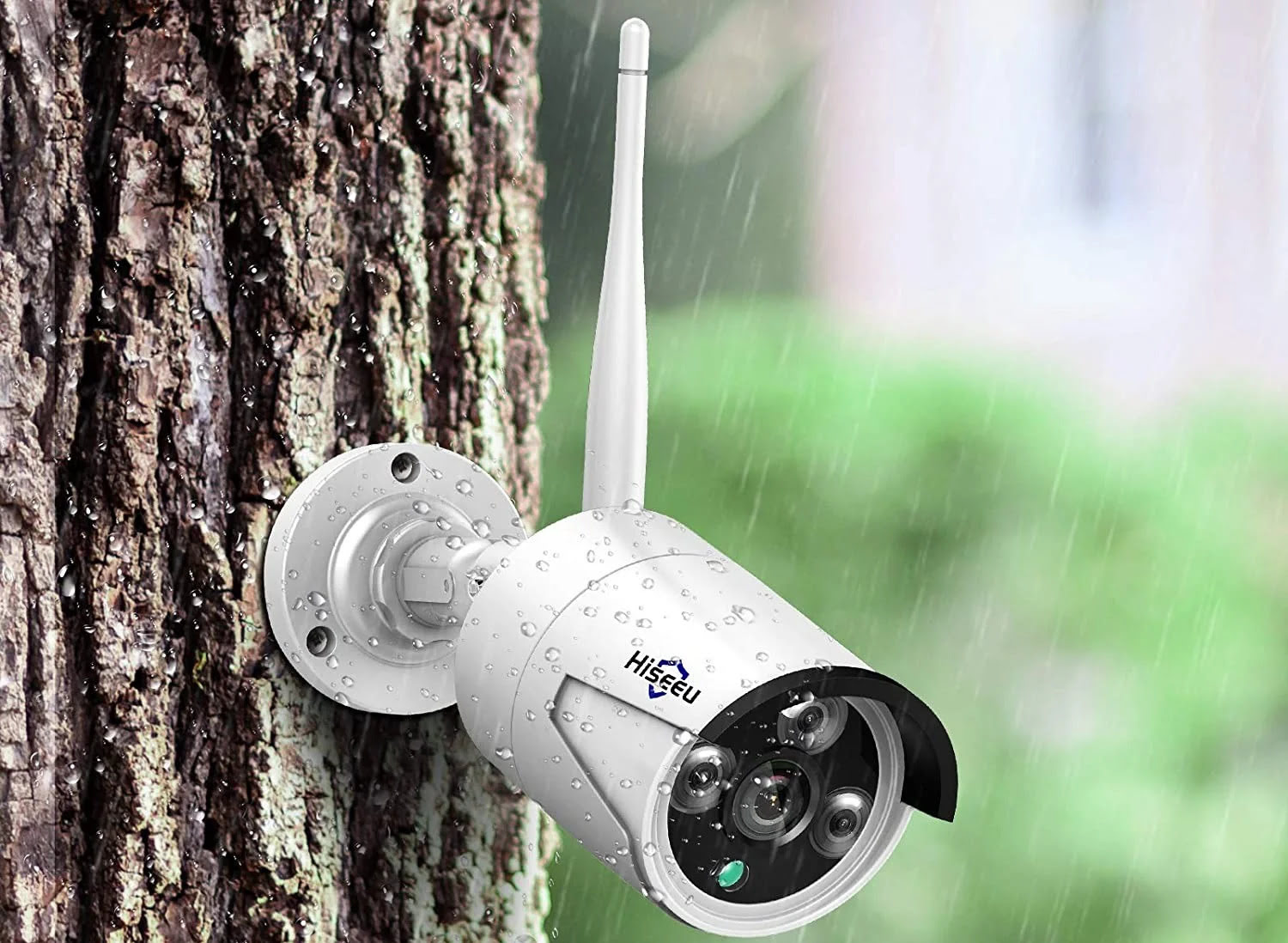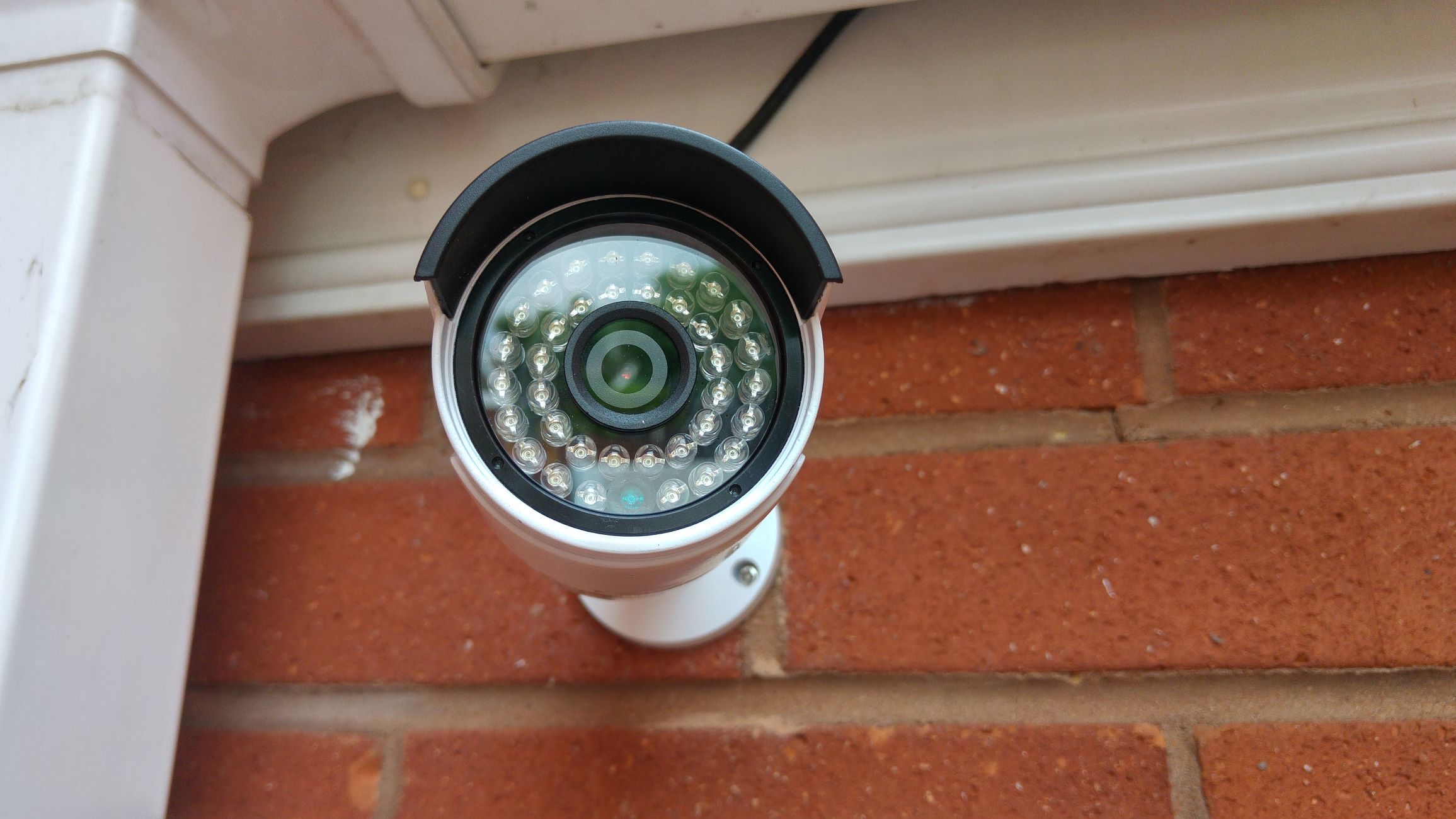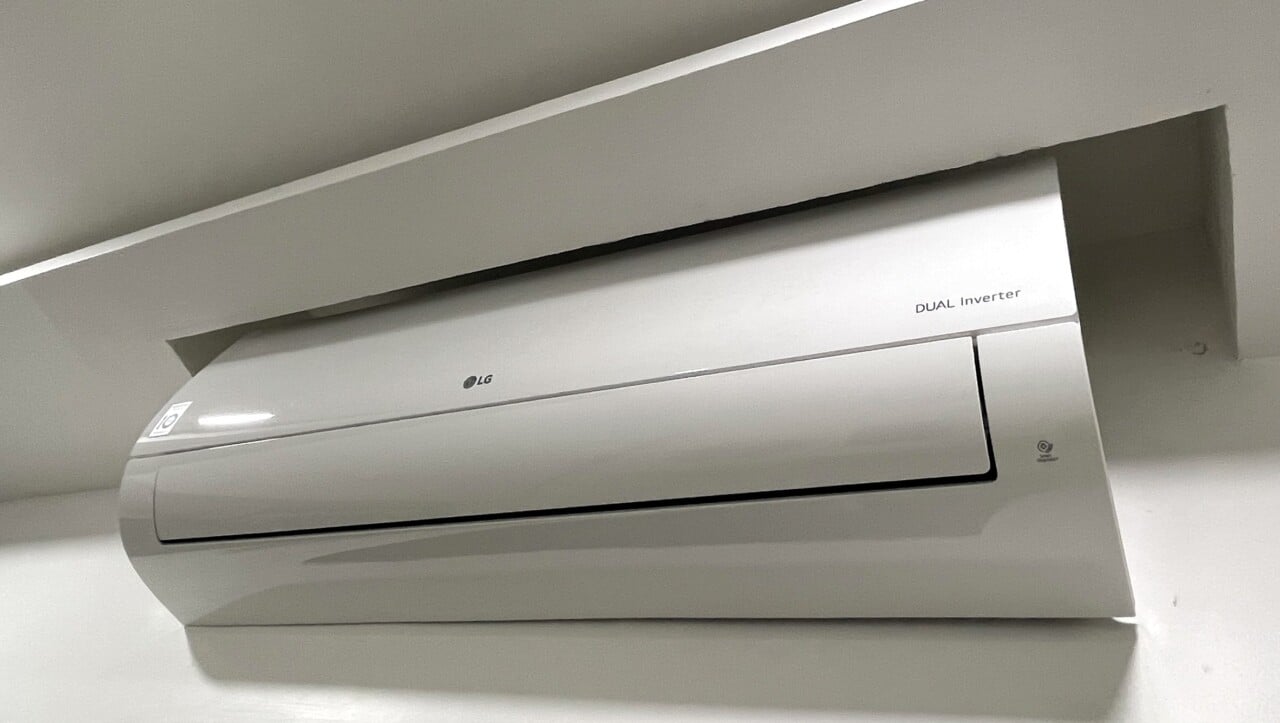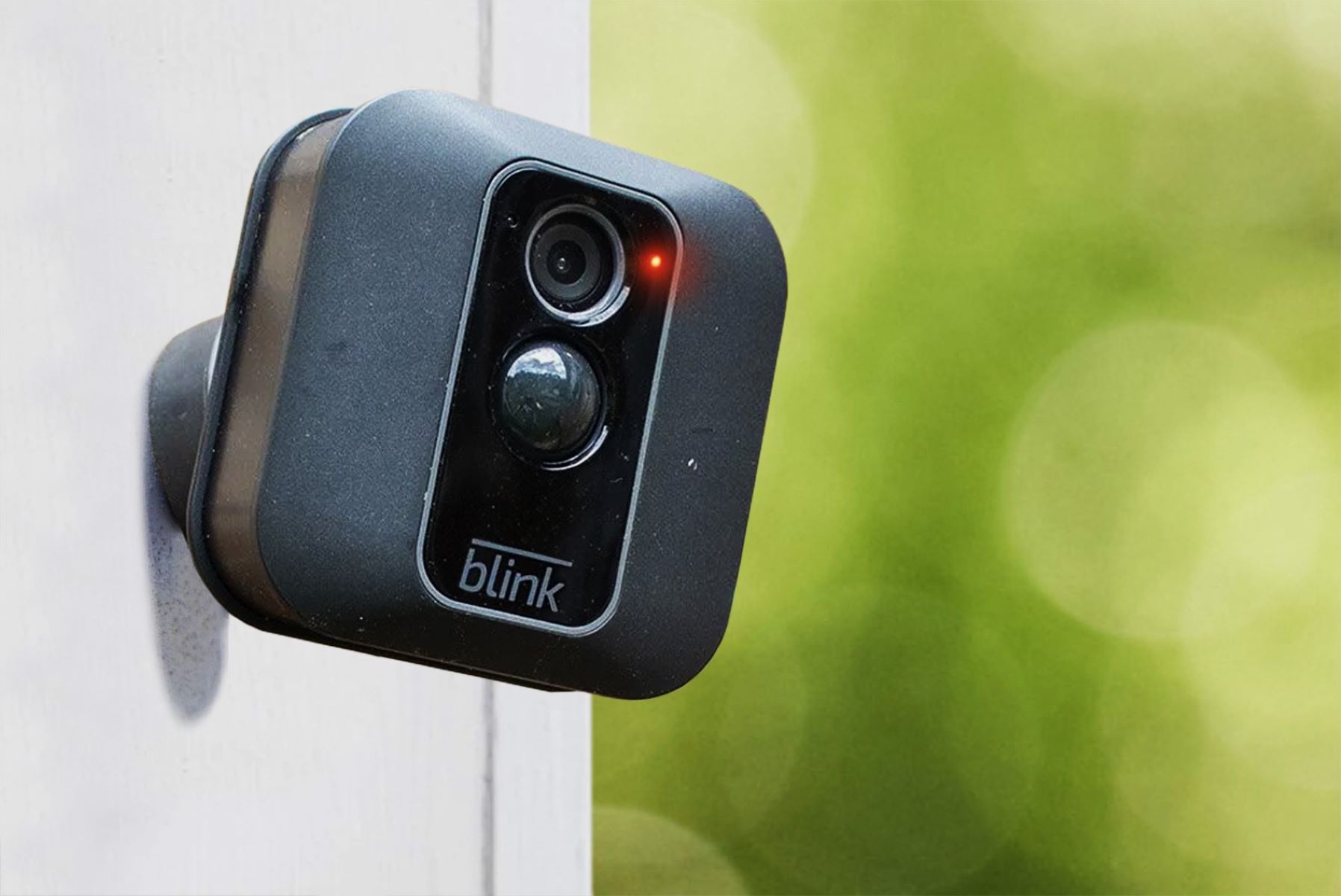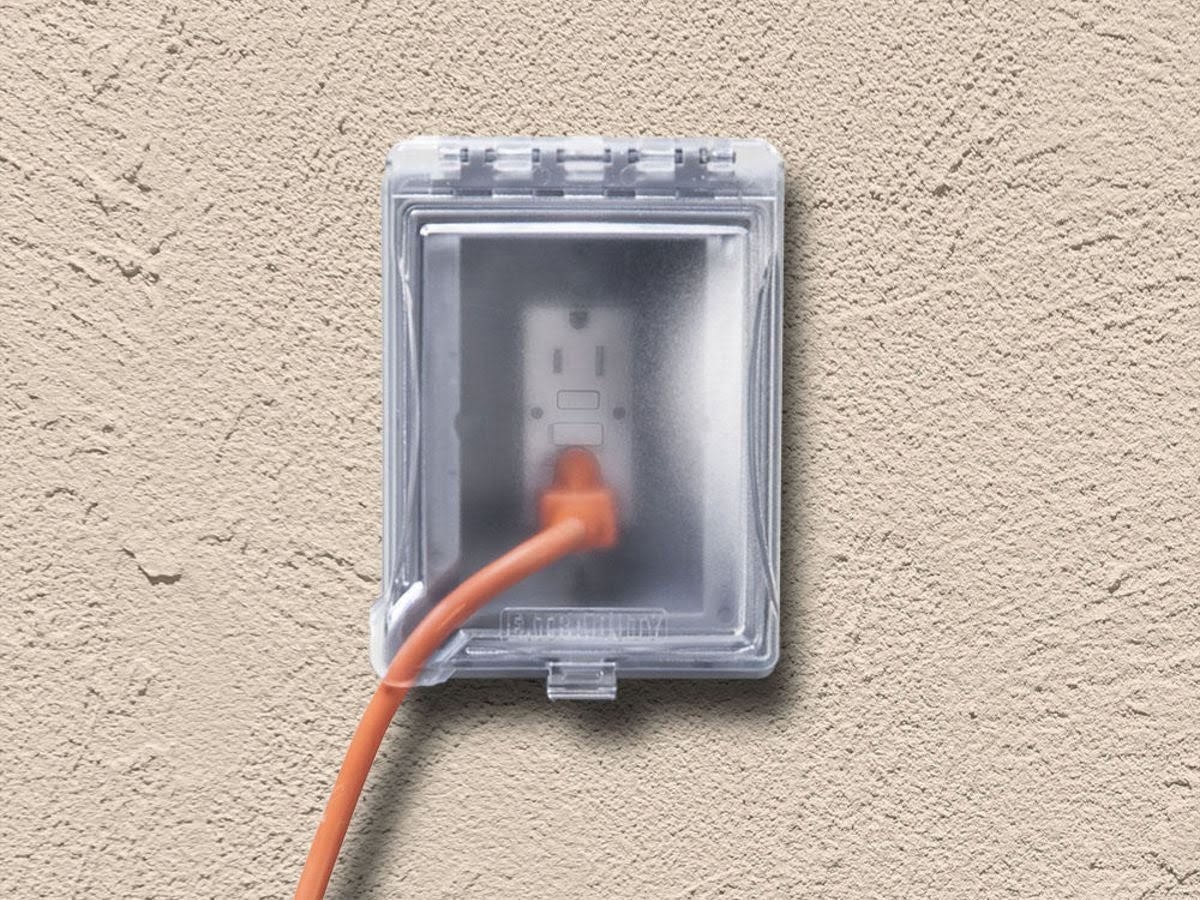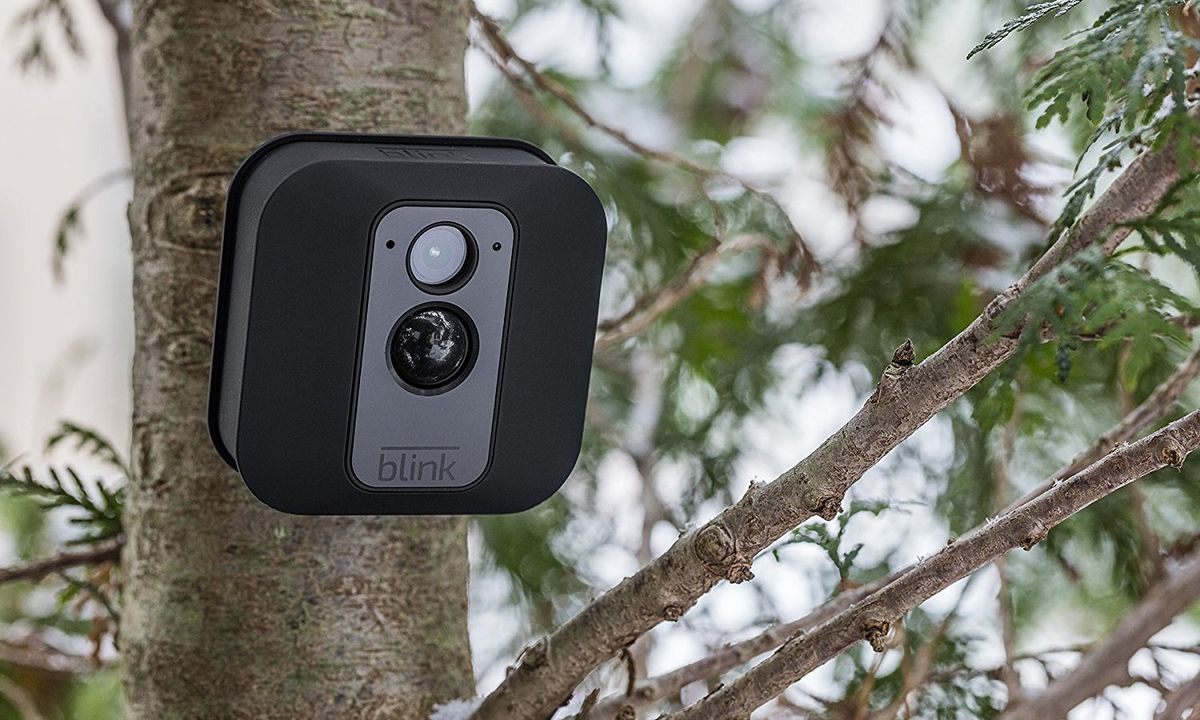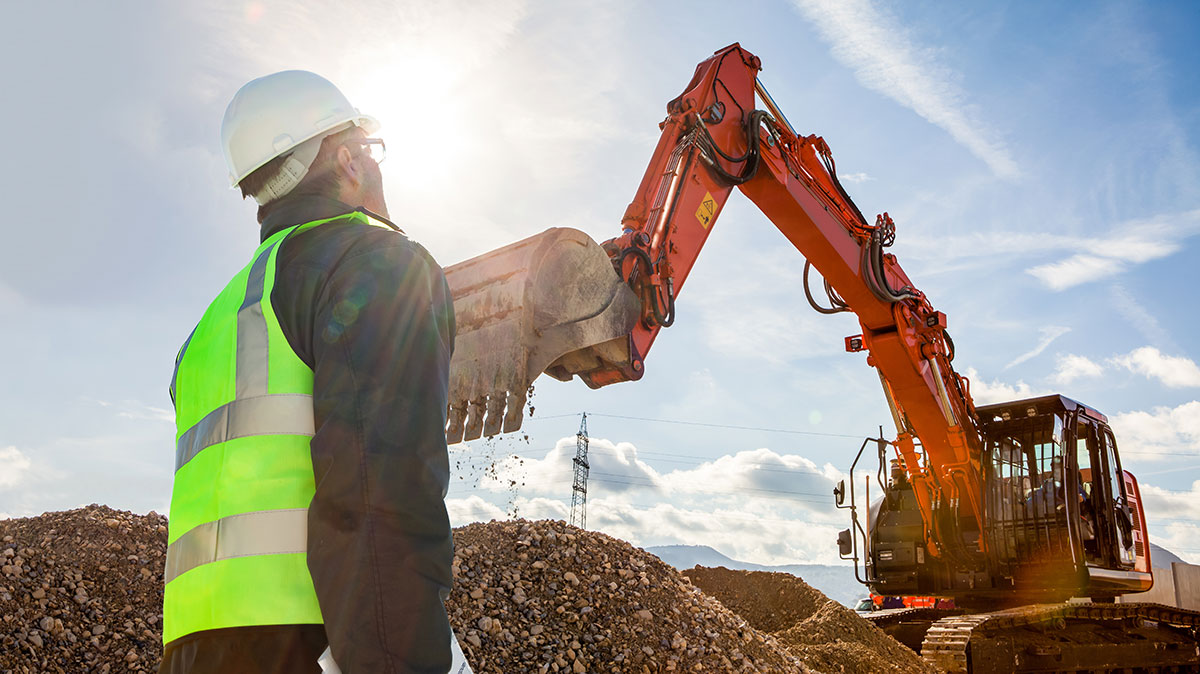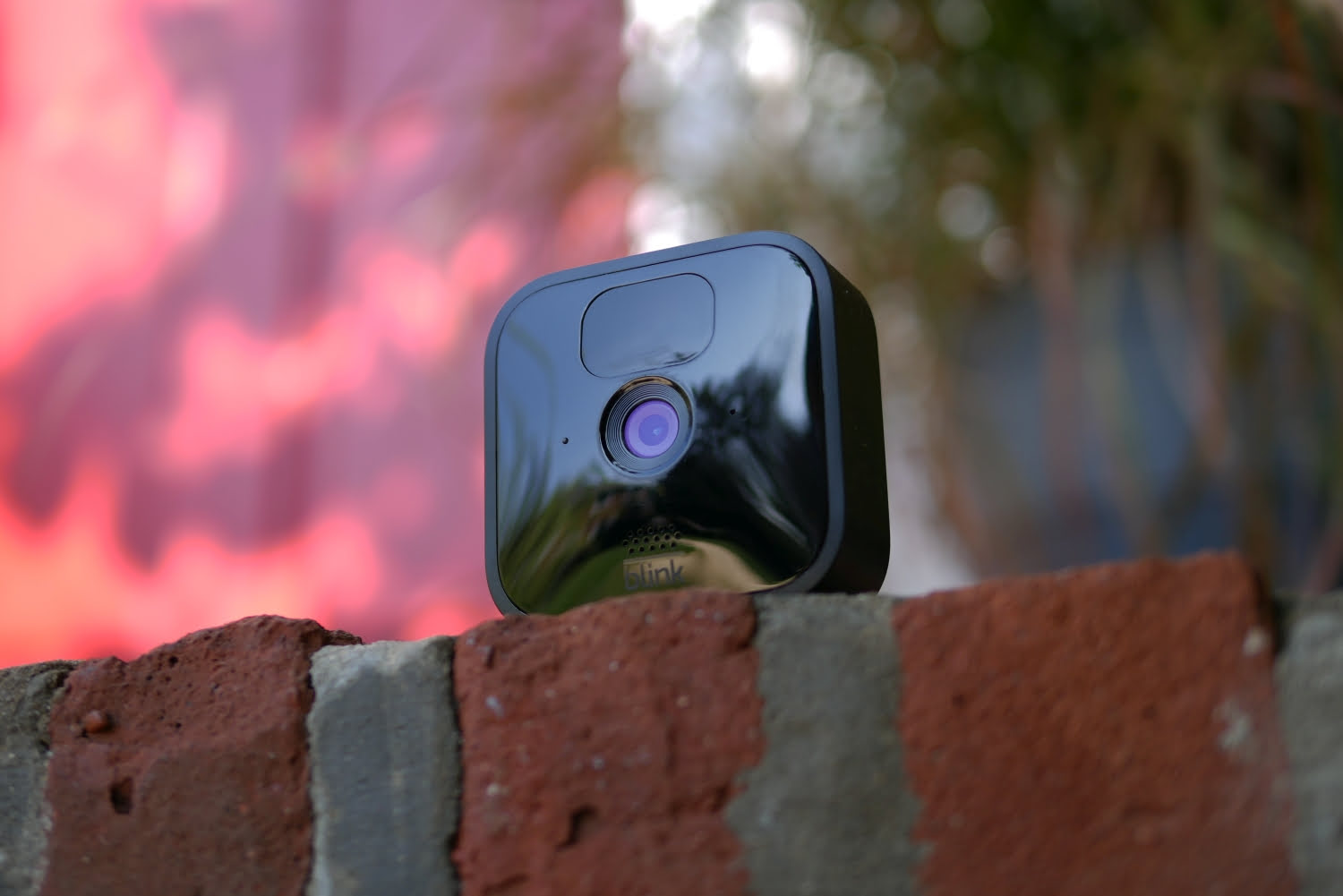Home>Home Security and Surveillance>What Grade Of Cat5e Cable Is Suitable For Outdoor Cameras
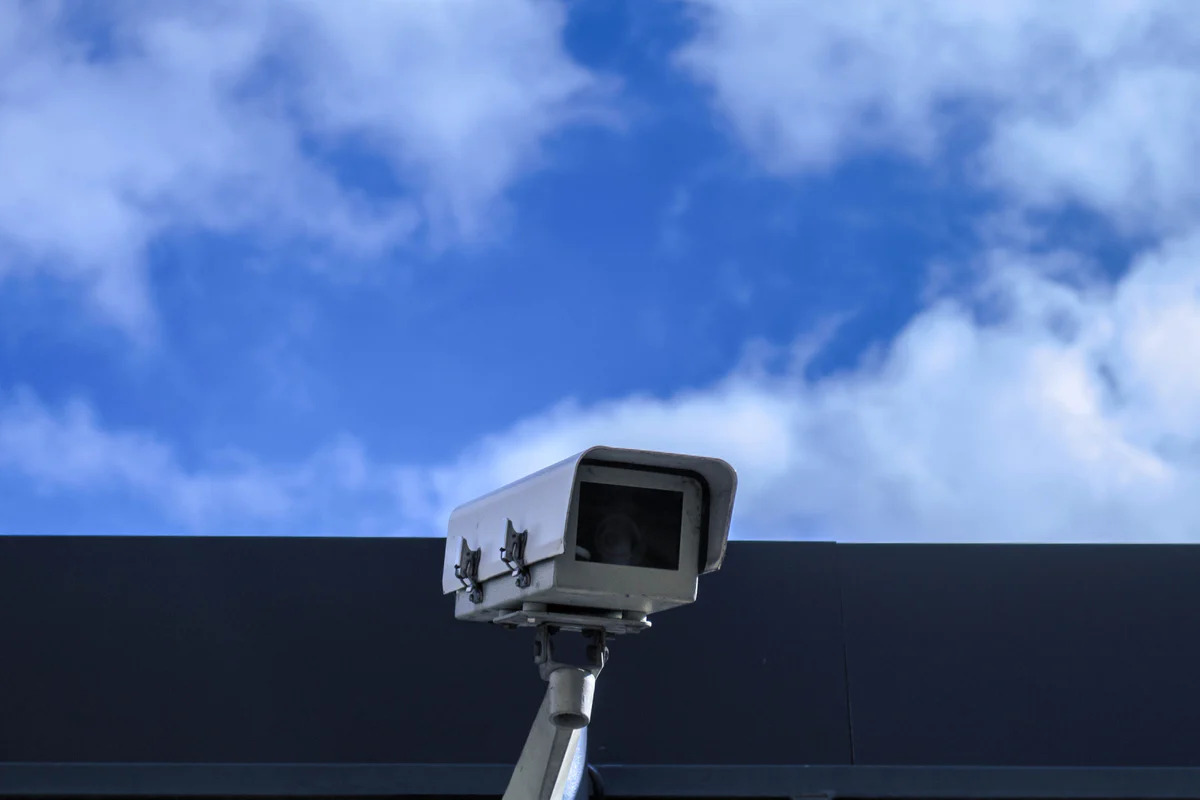

Home Security and Surveillance
What Grade Of Cat5e Cable Is Suitable For Outdoor Cameras
Modified: March 6, 2024
Find the perfect grade of Cat5E cable for your outdoor cameras. Ensure reliable home security and surveillance with our high-quality options.
(Many of the links in this article redirect to a specific reviewed product. Your purchase of these products through affiliate links helps to generate commission for Storables.com, at no extra cost. Learn more)
Introduction
Welcome to the world of home security and surveillance! In an era where protecting our loved ones and our property is of utmost importance, investing in reliable security systems has become increasingly crucial. One of the key components of any effective security setup is outdoor surveillance cameras. These cameras serve as a deterrent for potential intruders and provide valuable evidence in case of any untoward incidents.
When it comes to installing outdoor cameras, one important consideration is the type of cabling used to connect them. Cat5E (Category 5 Enhanced) cable is a popular choice due to its affordability, durability, and ability to transmit high-quality video signals. However, not all Cat5E cables are suitable for outdoor use, as they may be susceptible to environmental conditions such as extreme temperatures, moisture, and UV exposure.
In this article, we will explore the factors to consider for outdoor cameras, the different grades of Cat5E cable, and why choosing the right grade is crucial for the longevity and performance of your surveillance system. We will also discuss the benefits of using outdoor-rated Cat5E cable and provide some installation tips to ensure a seamless setup process.
Key Takeaways:
- Choose CMX-rated Cat5E cable for outdoor cameras to withstand harsh weather and ensure reliable performance.
- Follow installation tips like proper mounting and cable protection for a successful setup of outdoor surveillance cameras.
Factors to Consider for Outdoor Cameras
When it comes to outdoor cameras, there are several important factors to consider to ensure optimal performance and longevity. Let’s take a closer look at these factors:
- Weather Resistance: Outdoor cameras are exposed to harsh weather conditions such as rain, snow, and extreme temperatures. It is crucial to choose cameras that are specifically designed to withstand these elements. Look for cameras with an IP65 or higher rating, which ensures protection against dust and water ingress.
- Wide Dynamic Range (WDR): Outdoor environments often have challenging lighting conditions, with bright sunlight and deep shadows. Investing in cameras with WDR technology can help capture clear and detailed images, even in high-contrast lighting situations.
- Night Vision Capability: Since security threats can occur at any time, it’s important to choose cameras with robust night vision capabilities. Look for cameras that utilize infrared (IR) LEDs to ensure clear and detailed footage, even in complete darkness.
- Field of View: Consider the area you want to monitor and choose cameras with an appropriate field of view. Some cameras offer adjustable lenses or pan-tilt-zoom (PTZ) functionality, allowing you to cover a wider area and focus on specific points of interest.
- Remote Access and Monitoring: Opt for cameras that offer remote access and monitoring capabilities. This allows you to view live footage and receive alerts on your smartphone or computer, providing peace of mind even when you are away from home.
- Integration with Existing Security Systems: If you already have a security system in place, ensure that the outdoor cameras you choose are compatible and can be seamlessly integrated. This allows for centralized monitoring and management of your entire security setup.
- Power Source: Consider the power source for your outdoor cameras. Some cameras run on batteries, while others need to be wired directly to a power source. Choose a power option that works best for your setup and provides uninterrupted operation.
By considering these factors, you can select the most appropriate outdoor cameras that cater to your specific security needs and environmental conditions. Once you have chosen the cameras, it’s crucial to pay attention to the cabling used to connect them. In the next section, we will delve deeper into the different grades of Cat5E cable and their suitability for outdoor use.
Understanding Cat5E Cable
Before we delve into the grades of Cat5E cable suitable for outdoor cameras, let’s first understand the basics of Cat5E cable itself. Cat5E, short for Category 5 Enhanced, is a type of Ethernet cable commonly used for networking purposes. It consists of four pairs of twisted copper wires, enclosed in a protective outer jacket.
Cat5E cable offers several advantages that make it ideal for connecting outdoor cameras:
- Affordability: Cat5E cable is cost-effective and easily accessible, making it a popular choice for both professional installations and DIY projects.
- High Data Transfer Rates: Cat5E cable supports gigabit Ethernet speeds, allowing for fast and reliable data transmission.
- Flexible and Easy to Install: The flexibility of Cat5E cable makes it easy to bend, route, and install in various environments. It is available in different lengths to accommodate different distances.
- Durability: Cat5E cables are designed to withstand frequent handling and bending. Moreover, they are resistant to interference and crosstalk, ensuring a stable and clear connection.
- Compatibility: Cat5E cable is backward compatible with older networking standards, ensuring seamless connectivity with a wide range of devices.
Now that we have a basic understanding of Cat5E cable, let’s explore the different grades available and their suitability for outdoor camera installations.
Grade of Cat5E Cable Suitable for Outdoor Cameras
When it comes to installing outdoor cameras, it’s crucial to use a grade of Cat5E cable that is specifically designed for outdoor use. Not all Cat5E cables are created equal, and using the wrong grade can lead to performance issues and potential damage to your surveillance system.
The two main grades of Cat5E cable suitable for outdoor installations are CMX and CMR:
- CMX (Outdoor) Grade: CMX-rated Cat5E cable is specifically designed for outdoor use. It is built to withstand exposure to UV rays, extreme temperatures, moisture, and other environmental factors that can potentially damage ordinary cables. The CMX rating ensures that the cable is durable, weather-resistant, and suitable for direct burial.
- CMR (Riser) Grade: CMR-rated Cat5E cable is primarily designed for indoor use in vertical riser applications, such as running cables between floors. While not explicitly designed for outdoor use, CMR-rated cables can still be used for outdoor camera installations if proper precautions are taken. For example, they can be placed inside conduit or run through protected pathways to shield them from moisture and direct exposure to sunlight.
Using the appropriate grade of Cat5E cable ensures that your outdoor cameras are connected reliably and can withstand the elements for extended periods. It’s important to note that using indoor-rated cables for outdoor installations may result in cable deterioration, signal loss, or even electrical hazards.
Before purchasing Cat5E cable for your outdoor cameras, always check the specific product specifications to confirm whether it is CMX or CMR rated. Investing in high-quality outdoor-rated cable will significantly contribute to the longevity and performance of your surveillance system, providing peace of mind knowing that your cameras are protected against the elements.
In the following section, we will explore the benefits of using outdoor-rated Cat5E cable for your outdoor camera installations.
When choosing Cat5E cable for outdoor cameras, make sure to use a cable that is specifically designed for outdoor use. Look for cables with UV protection and water resistance to ensure durability and reliable performance in outdoor environments.
Benefits of Outdoor Rated Cat5E Cable
Outdoor-rated Cat5E cable offers several key benefits that make it the ideal choice for connecting outdoor cameras. Let’s explore some of these benefits:
- Weather Resistance: Outdoor-rated Cat5E cable is designed to withstand various weather conditions. It is built to resist moisture, extreme temperatures, UV rays, and other environmental factors, ensuring reliable performance even in challenging outdoor environments.
- Durability: Outdoor-rated Cat5E cable is constructed with materials that enhance its durability. It is designed to withstand the rigors of outdoor installations, including exposure to physical stress and potential damage from wildlife or accidental impacts.
- Longevity: Using outdoor-rated Cat5E cable ensures a longer lifespan for your surveillance system. The cable’s robust construction and weather-resistant properties help prevent degradation and signal loss over time, ensuring consistent and high-quality video transmission.
- Enhanced Signal Integrity: Outdoor-rated Cat5E cable is engineered to minimize interference and crosstalk, providing a clean and stable signal transmission. This results in improved video quality and reduced signal degradation, allowing for clear and sharp footage from your outdoor cameras.
- Easier Installation: Outdoor-rated Cat5E cable often comes with features that facilitate easier installation. These may include outdoor-rated connectors, water-resistant jackets, and additional protection against environmental hazards. These features simplify the setup process and contribute to a more seamless and reliable installation.
- Compliance with Standards: Using outdoor-rated Cat5E cable ensures compliance with industry standards for outdoor installations. This guarantees that your surveillance system meets the necessary requirements for safety, performance, and reliability.
By using outdoor-rated Cat5E cable, you can maximize the performance and longevity of your outdoor cameras. The cable’s weather resistance, durability, enhanced signal integrity, and compliance with industry standards make it the ideal choice for connecting your cameras in outdoor environments.
Now that we understand the benefits of outdoor-rated Cat5E cable, let’s move on to some installation tips to ensure a successful setup of your outdoor surveillance system.
Read more: What Amcrest Outdoor Cameras Work With 5G
Installation Tips for Outdoor Cameras
Installing outdoor cameras requires careful planning and execution to ensure optimal performance and security. Here are some essential tips to help you with the installation process:
- Choose the Right Location: Select the best locations for your outdoor cameras to maximize coverage and capture important areas of interest. Consider areas such as entry points, driveways, and vulnerable spots around your property.
- Ensure Proper Mounting: Use sturdy mounting brackets or housings to secure your outdoor cameras in place. Ensure that they are properly anchored to withstand wind, vibrations, and physical tampering.
- Protect Cables: Use conduit or weatherproof cable enclosures to protect the Cat5E cables connecting your outdoor cameras. This will shield them from the elements and prevent damage caused by animals, pests, or accidental impacts.
- Seal Connections: Make sure to properly seal all cable connections and entry points to prevent moisture ingress. This can be done using waterproof connectors, silicone sealant, or weatherproof tape.
- Manage Cable Length: Plan and measure the required cable lengths to minimize excess cable and ensure a neat and organized installation. Avoid sharp bends or tight pulls that can damage the cable or hinder signal transmission.
- Test and Adjust Camera Settings: After installing the outdoor cameras, thoroughly test their functionality and adjust their settings for optimal performance. This includes adjusting the field of view, motion detection sensitivity, and night vision settings.
- Secure Power Supply: Ensure that the power supply for your outdoor cameras is protected against tampering and unauthorized access. Use lockable power outlets or outdoor-rated electrical boxes for added security.
- Regular Maintenance: Periodically inspect and clean your outdoor cameras to remove dirt, dust, and debris that can affect image quality. Check for any signs of cable damage or wear and make necessary repairs or replacements.
- Consider Professional Installation: If you’re unsure about the installation process or have a complex surveillance system, it’s recommended to seek professional installation services. Professionals have the expertise and tools to ensure a secure and efficient setup.
By following these installation tips, you can ensure a successful and reliable setup for your outdoor surveillance cameras. Remember to always refer to the manufacturer’s guidelines and consult with professionals if needed.
Now that we’ve covered the installation tips, let’s wrap up our discussion.
Conclusion
Investing in outdoor surveillance cameras is a proactive step towards securing your home and property. When it comes to connecting these cameras, choosing the right grade of Cat5E cable is crucial for optimal performance and longevity.
By considering factors such as weather resistance, wide dynamic range, night vision capability, and integration with existing security systems, you can select outdoor cameras that meet your specific needs. However, it’s equally important to pay attention to the quality and grade of Cat5E cable used for the installation.
Outdoor rated Cat5E cable, such as CMX or CMR grade, offers several benefits including weather resistance, durability, enhanced signal integrity, and compliance with industry standards. This cable is specifically designed to withstand the challenging outdoor conditions, ensuring reliable and long-lasting performance.
During the installation process, remember to choose optimal camera locations, secure mounting, protect cables with conduit or enclosures, seal connections, manage cable length, test and adjust camera settings, secure the power supply, and perform regular maintenance.
Whether you’re a DIY enthusiast or opt for professional installation, following these tips will help ensure a successful setup of your outdoor cameras.
In conclusion, by selecting the right grade of Cat5E cable and following proper installation practices, you can enjoy the peace of mind of a robust outdoor surveillance system that protects your home and loved ones. Stay vigilant and make the most of the advancements in home security technology to create a safe environment for you and your family.
Frequently Asked Questions about What Grade Of Cat5e Cable Is Suitable For Outdoor Cameras
Was this page helpful?
At Storables.com, we guarantee accurate and reliable information. Our content, validated by Expert Board Contributors, is crafted following stringent Editorial Policies. We're committed to providing you with well-researched, expert-backed insights for all your informational needs.
